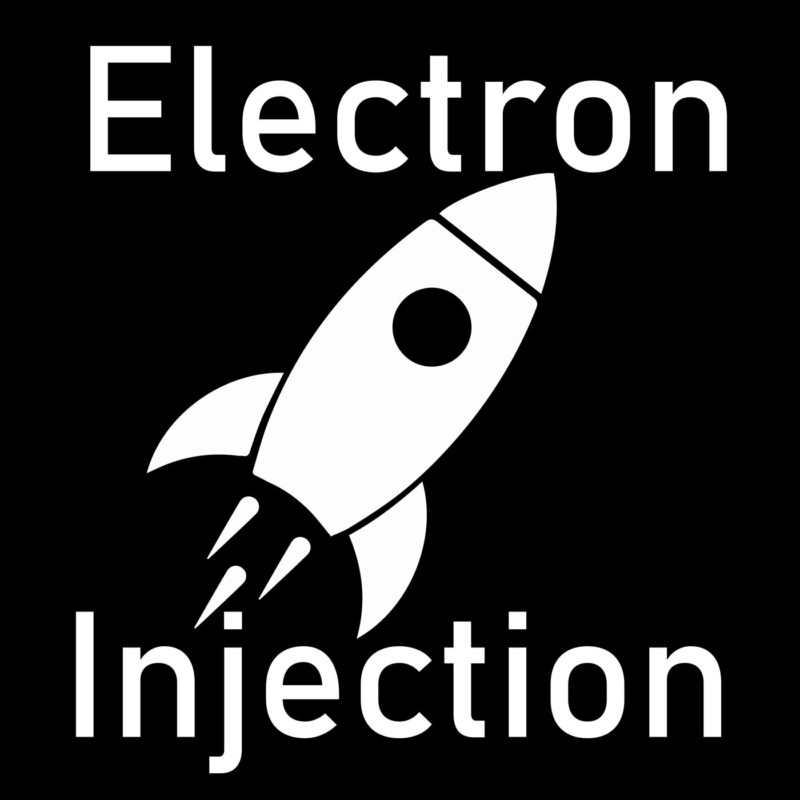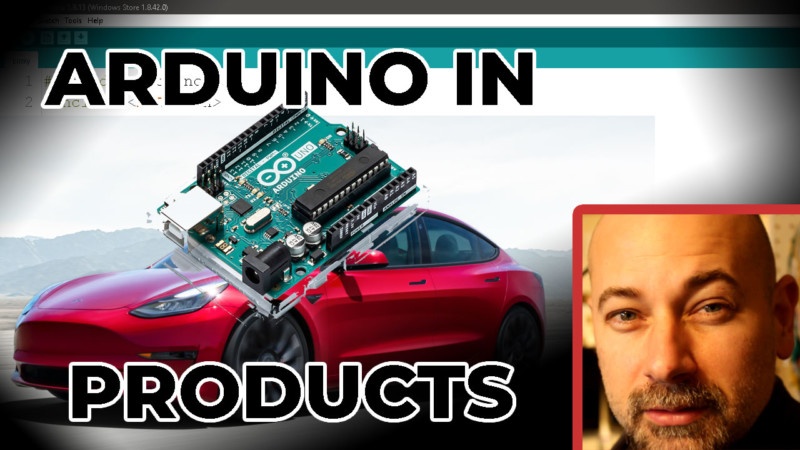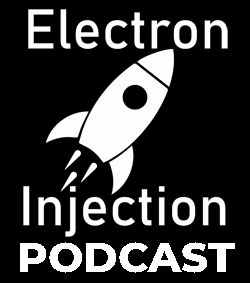It was a strange week. I have my first “real” job since 2003. (I’m talking full-time job.) It was a struggle to get this podcast out. I’m feeling my grip on my my reality from just 5 days ago slip away. Regardless, I was able to maintain my usual, low standards. I had plenty to talk about. I spent about a day finding a switch on LCSC. I learned a ton about the JLCPCB Assembly process, and it turns out that school may have been onto something in Python.
#007: Incredible Synth Filter, SMD MIDI Optocouplers, and Woes of Production

Pocast 007 : Incredible Synth Filter, SMD MIDI Optcouplers, and Woes of Production
Last week’s video:
LTspice Potentiometer Download and Install
— Filters
—– Scowering the web
——- found interesting schematic
——- built it up. It acted weird.
——- I simulated it in LT Spice
——–I It was still weird. It wasn’t a LPF at all, but some kind of goofy resonant peak thing.
——–Later on, I re-read the description and it said, “Fake LPF”. Sigh.
— No forum schematics? Fake news?
— Incredible video on synth design
——-DIY Synth Design Tutorial Series – 003: Analog Filter and Power Supply
——-https://www.youtube.com/watch?v=efnBC_zZduA
———- This guy knows his stuff. He gets into the real design. the.room.dis.connect
—— Introduces LM13700 transconductance amplifier
———- We all know what an RC filter is?
————– The R is little more than current control.
————– The cap is a bucket and the “current” is the flow of water to fill up that bucket.
————— What if we wanted to control R on the fly?….potentiometer
—————— What if we wanted to control a stereo 4-pole filter. We’d need an 8-gang potentiometer.
———- This led the search for a VCR (voltage controlled resistor)
—————I knew a MOSFET’s Rds does this, at least to a certain degree.
—————This would require some real chops
———- Enter the LM13700 transconductance amplifier.
—————— Essentially a VCR… voltage in controls current out.
Filter conclusion: Transconductance amplifiers allow us to control filter frequency.
———— allows creative options as CV
Back to LM13700
— About $1 in quantity
— Plenty of them on Digikey and LCSC
— A mono, four pole filter needs 2.
—- The datasheets “Application Information” is sensational.
SMD Optocoupler For MIDI TLP2361
https://calcium3000.wordpress.com/projects/teensy-midi-interface/
This guy made a super helpful blog post showing how he made his Teensy MIDI board using TLP2361 opto coupler
LtSpice Potentiometer Model
It takes about 20 seconds to put a potentiometer model in LtSpice. I have no idea why it wasn’t included. Regardless….
— Download the “Pot” folder at https://github.com/brandondrury/LTspice-Libraries
— Find your C:\Users\YOUR_USERNAME\Documents\LTspiceXVII\lib\ folder
— Place pot.asy in your “sym” folder. C:\Users\YOUR_USERNAME\Documents\LTspiceXVII\lib\sym\
— Place pot.sub in your “sub” folder. C:\Users\YOUR_USERNAME\Documents\LTspiceXVII\lib\ sub\
— Click the text tool. Select “SPICE Directive” and paste in .include pot.sub.
— Restart LTspice
— Creat a new schematic. Press F2. You should see “Pot”.
The wiper is on a 0-1 scale. 1 = 100%. 0.5 = 50%.
There is a glitch that occurs if a resistor is 0 ohms in LtSpice. So, this pot actually is limited from 0.001 – 0.999 so don’t freak out if your values are off by 0.1% on extreme settings.
#006: A Big Mess of Electronics

This episode had no big theme, but many small ones.
Topics
— I’m redoing this podcast because of noise and why that is GREAT!
— I finally hooked a MIDI controller to Reagan Revenge.
— Last week’s Youtube video was Can You Reflow Solder In The Kitchen? https://youtu.be/ioDRD-fo0PY
— Fear of selecting wrong platform (comment on Embedded.FM)
— A programmer without a power source
— Going back to Python
— Talk about e-gas
— Knipex Tools lead catcher plies to keep you from shooting your eye out
— Finish the code before you start the “real” hardware
#005: Arduino Programming In Pro Products?


Does the Arduino programming language have any place in professional products? This is a topic that comes up frequently for people that have a cool idea and feel the pull of product design but feel like maybe they are wimping out if they were to choose Arduino over Embedded C. Embedded C certainly has performance benefits, but that comes with costs of its own….TIME! In this podcast, I rant and rave incoherently about when Arduino programming should be used and should not be used when developing a product. I also talk about wool socks, heating pads, and dinosaur eggs.

